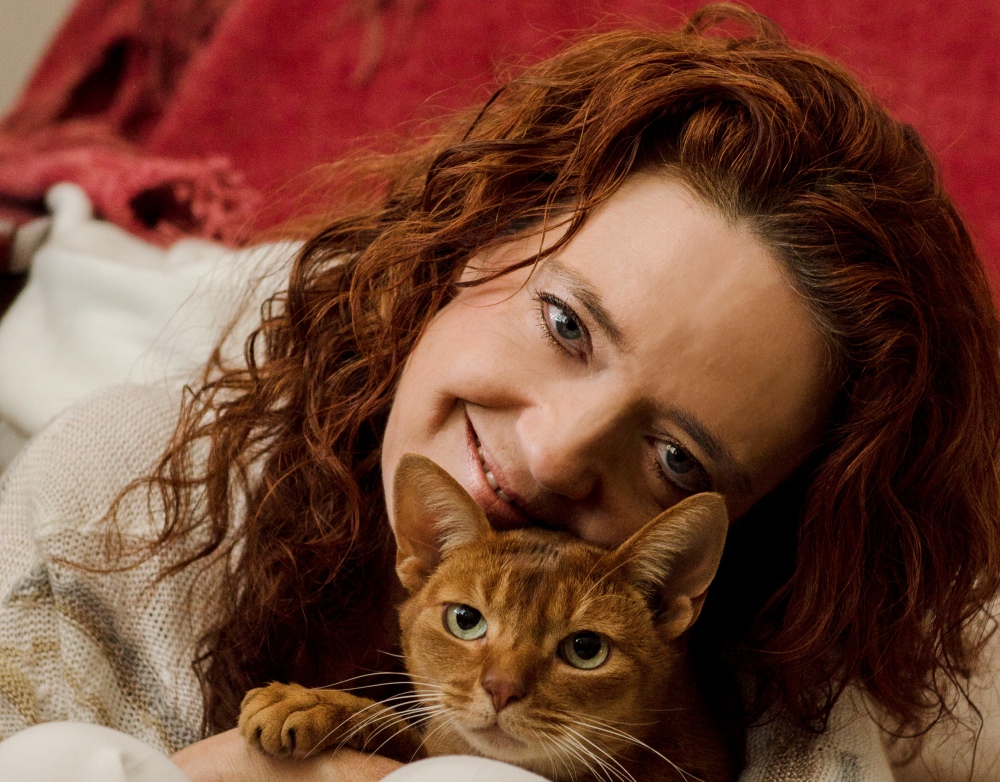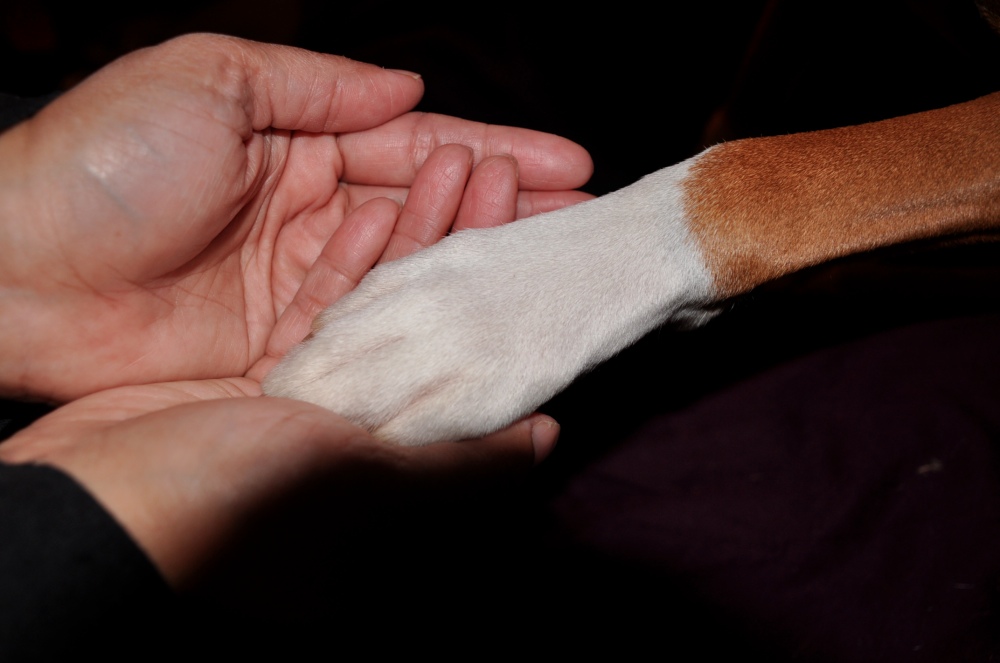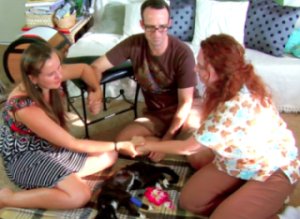 In the first part of this newsletter, I had approached the subject of pain in pets and discussed the fact that pets hide their pain, particularly in their old age. For example, chronic, painful arthritis can insidiously settle in as age advances, unbeknownst to pet parents. The good news is that there ARE signs and that it IS possible to become aware of whether or not your pet is in pain, if you only know what to look for. On my website, I have listed over 60 symptoms of hidden pet pain. It is important to understand that pets hide their pain and why they do. Otherwise, this list of pain indicators may not make any sense at all...
In the first part of this newsletter, I had approached the subject of pain in pets and discussed the fact that pets hide their pain, particularly in their old age. For example, chronic, painful arthritis can insidiously settle in as age advances, unbeknownst to pet parents. The good news is that there ARE signs and that it IS possible to become aware of whether or not your pet is in pain, if you only know what to look for. On my website, I have listed over 60 symptoms of hidden pet pain. It is important to understand that pets hide their pain and why they do. Otherwise, this list of pain indicators may not make any sense at all...
There are two BIG differences between pets and humans in regards to expression of pain (or lack thereof). Those big differences make things more complicated in the process of assessing how much pain a pet is in. The two big differences between humans and pets are that pets don’t express their pain with words and pets “hide” their pain.
What is meant by the statement that pets “hide” their pain? Does it mean that they consciously hide it for survival reasons? Probably. If not consciously, at least instinctively. They also communicate in a different way and we just don’t understand it because we rely on words so much in order to receive and understand a communication. So as pet owners, pet care givers and veterinarians, we have to learn to “read” our pets' communications. In addition, we have to look very carefully and sometimes we have to do it surreptitiously at a time when the pet is not aware that we are observing him.
 In the picture on the right, for example, it's pretty hard to miss the expression of pure joy on this dog's face! This dog is grinning from ear to ear!
In the picture on the right, for example, it's pretty hard to miss the expression of pure joy on this dog's face! This dog is grinning from ear to ear!
On the other hand, in the picture below, the almond shaped eyes and the facial tension could indicate pain.
In evaluating pain in pets, it is important to understand that we must look at the pet as a whole and not focus on just one symptom.
A study was done with cameras in rooms where dogs were kept post surgically for observation. It was observed that pets displayed KNOWN symptoms of pain while they were alone in the room and that when a human entered the room, those expressions of pain disappeared!!! They acted more “normal”, wagged their tail and seemed perfectly happy. Now, this brings light to a scene that we were not necessarily aware of.
And this explains why when a stranger enters his house, a pet often “rallies” for a short time. Frequently, I am called upon to perform a home euthanasia and the pet greets me at the door, tail wagging. Of course this brings doubts in the family’s hearts and they almost always start worrying that they are not making the right decision. This is a time to remember the fact that pets “hide” their pain for whatever reason and that this fact has been observed in clinical studies as well as in the field and that we should never rely on how a pet acts in the presence of strangers or when stimulated socially by family members either. A pet will eat “just to please you”, a pet will wag its tail and do a variety of other activities also just to please you.

I don’t think that it is vital to understand WHY they “hide” their pain, but just to be aware of the fact that they do so that we can help them with pain management and so that we can make the right decision of euthanasia when their pain becomes unmanageable.
There are also other interesting behaviors called “displacement behaviors” which pets exhibit when they are somewhat confused and that they don’t know how to react to a situation. They are called displacement behaviors because they are behaviors that don’t belong in the context where they are expressed. The most common displacement behaviors are lip licking, sniffing, snorting or sneezing, stretching, yawning and self-grooming. These displacement behaviors can sometimes be a sign of pain. For example, if you are about to touch a painful area, a dog may yawn or lip lick. He may be conflicted about what to do. He wants to bite you to protect his painful area, but he knows that he should never bite his owner, so he doesn’t know what to do and he licks his lips. Displacement behaviors are not strictly speaking symptoms of pain, but they can be depending on the circumstances in which they are manifested.
In the next installment of our newsletter, we will take a closer look at several common hidden signs of pain in pets.
In the meantime, visit our website! www.homepeteuthanasia.com.
Also the pet pain page: http://www.homepeteuthanasia.com/end-of-life-care/understanding-pain.
Our featured memorial:
Lucky
Our Lucky
Not a day goes by that we don’t recall the euthanasia experience provided to our Lucky by you. It truly had a profound effect on our outlook about home pet euthanasia, which we have shared with other pet owners. Your service was so compassion-filled that it is hard to put into words but we will try:
"We no longer question our decision to have this done at home, all because of how you handled every aspect of the process. We know Lucky felt no anxiety at the arrival of Dr Forslund because of her calm nature. Even my other pit bull was drawn to her and sat close by her side during the process. This is something that our vet could have never have provided—nor did we expect it—and was the main reason we explored other options.
We highly recommend Home Pet Euthanasia and appreciate all of the follow-up contact from Dr. Forslund and her staff."
D. B.
Huntington Beach





